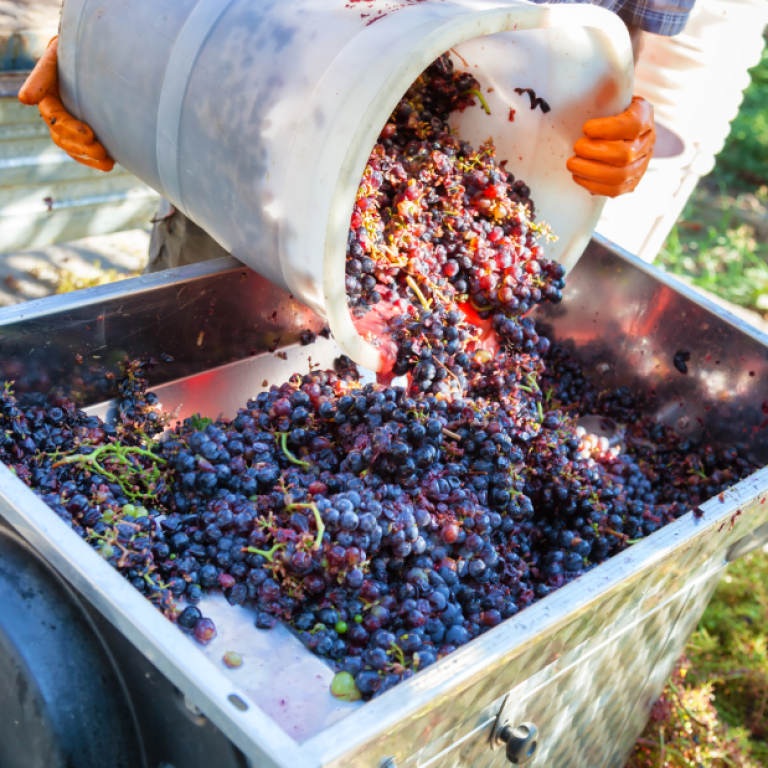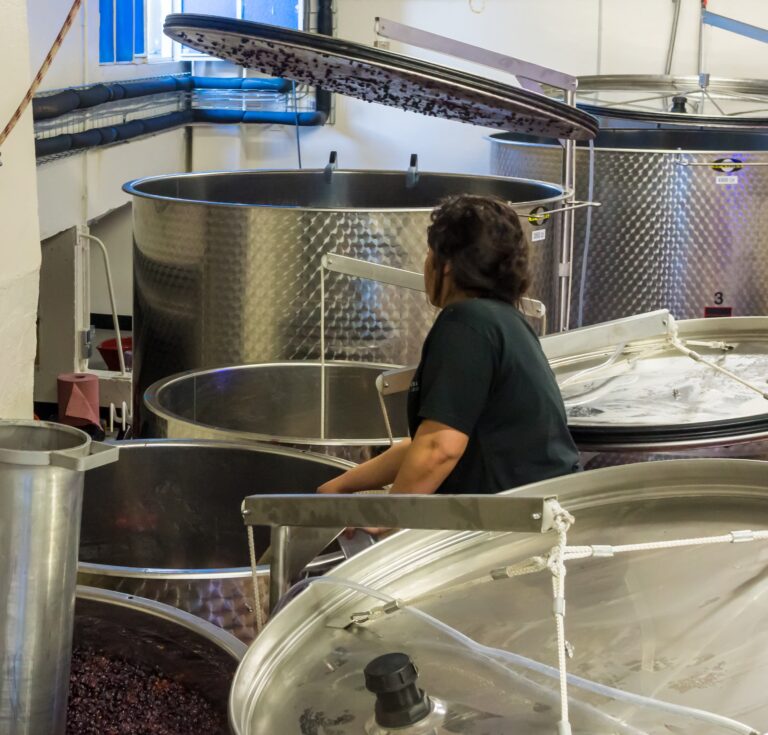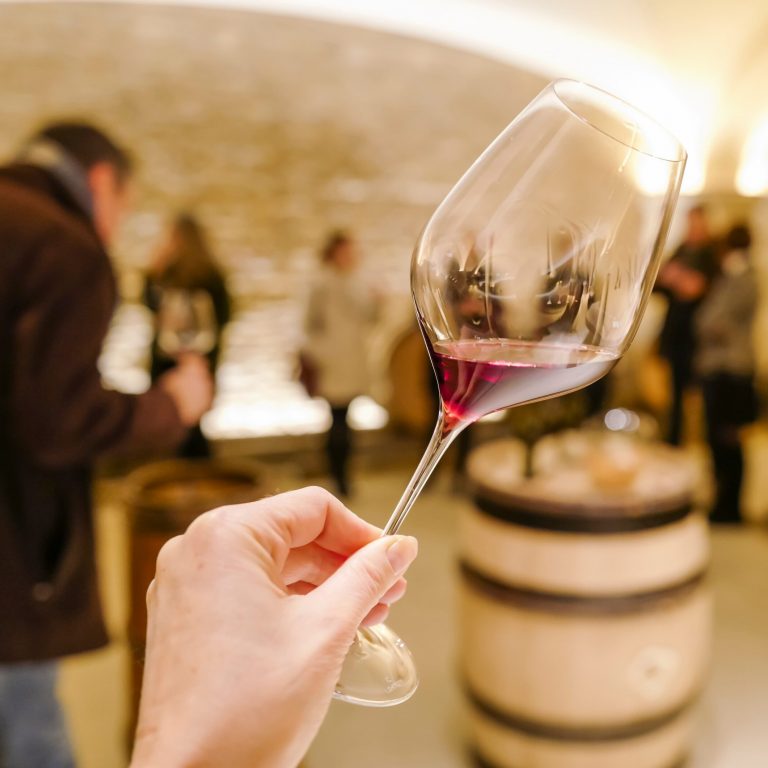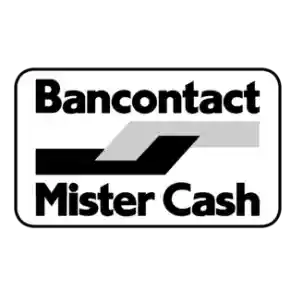A drink made from dealcoholized wine is an interesting alternative for wine enthusiasts who do not wish to consume alcohol.
It is possible to produce wine-based drinks dealcoholised with an alcohol content of less than 0.09%.
However, the process required to achieve this is delicate and can have repercussions on the product's flavours.
Les raisins à faible teneur en alcool nécessitent une gestion complexe. Celle-ci implique des méthodes culturelles, une sélection des parcelles et une limitation de l’ombrage.
Pour limiter la fermentation bactérienne, il faut créer un environnement à faible température et sans nutriments. Cela permet de réduire la quantité d’alcool produite. Cette méthode est cependant limitée à certains types de vins.
An authentic wine with alcohol is dealcoholized. There is no further alcoholic fermentation in the dealcoholized wine. We heat it slightly under vacuum to remove the alcohol. This is why we say the alcohol-free wine is 'dealcoholized'.

Les raisins soigneusement sélectionnés, base de nos vins, sont récoltés et pressés pour en extraire le jus qui sera transformé en vin. A cette étape, le jus ne contient pas encore d’alcool.
Producers often use a two-stage fermentation process. This adds flavour and complexity to the wine.
The grape varieties for our various traditional wines come from Spain. Warmed and nurtured by the sun, they offer exquisite taste and a delightful nose.
Our alcohol-free Night Orient, Vendôme Mademoiselle, Vina'0, and Vendanges Mademoiselle made from dealcoholized wines are authentic. They retain all the colour, flavour, aroma, and taste characteristics of regular wine. At the same time, they have an alcohol content of 0%. These qualities have earned them numerous awards since their creation.


Les boissons à base de vins désalcoolisés développées par Univers Drink sont destinées au grand public.
Il n’y a pas une goute d’alcool dans nos boissons.
Les fines bulles pétillantes sont parfaites pour les fêtes. Elles s’accordent également avec des plats légers, des desserts et sont idéales en apéritif.




